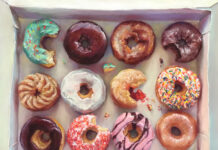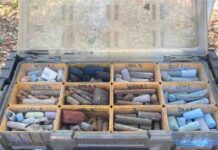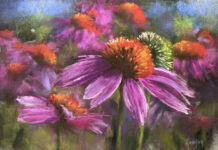Enjoy a recap of the Beginner’s Day of Pastel Live, an unforgettable event for artists of all levels of painting with pastels.
As we kicked off the 2nd Annual Pastel Live on Wednesday, we welcomed artists from 18 different countries, and 49 of the 50 states. Beginner’s day is all about giving a broad introduction on how to use pastels, which might seem overwhelming at first. Eric Rhoads, our publisher and host, began the event by reassuring us that “anybody can learn this – it’s the fear that blocks our success, and yet our growth comes from failure.”
This year for Pastel Live, we had a new special co-host leading the charge: Gail Sibley, the Editor of Pastel Today. Gail says that while she works in many media, her “primary love is soft pastels for their vibrancy, immediacy, portability, and mark-making potential.”
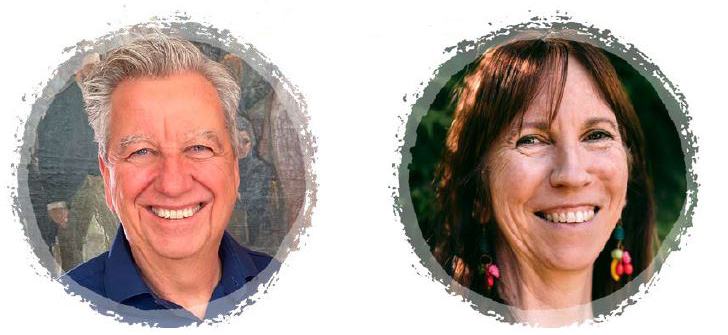
In addition to the sessions below, we also saw special presentations from our amazing sponsors, including Julie Swanson Davis with Blick Art Materials and Pierre Guidetti with Savoir Faire.
To start, Gail led us through an engaging session on understanding your materials, including paper and surface types, pastel brands side by side, and much more.
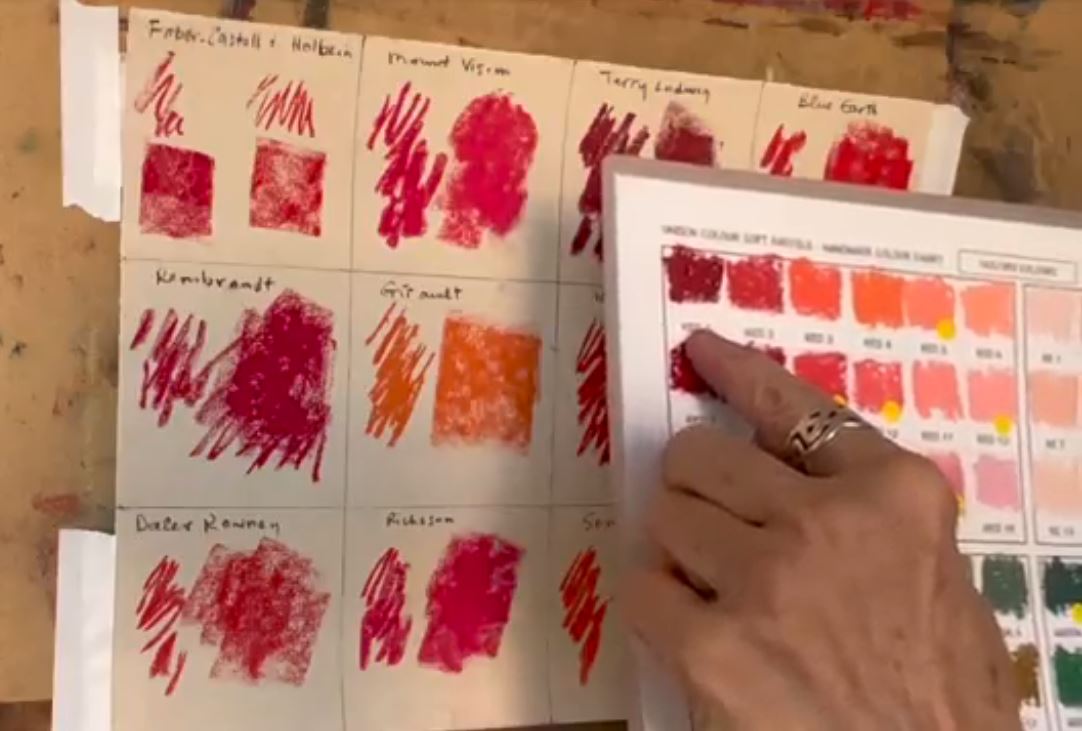
“One of the things I like about pastel is that you can make a huge variety of marks with just a single stick,” said Michael Chesley Johnson. He showed us just how to do that, including techniques for special effects to add “punch” to your paintings.
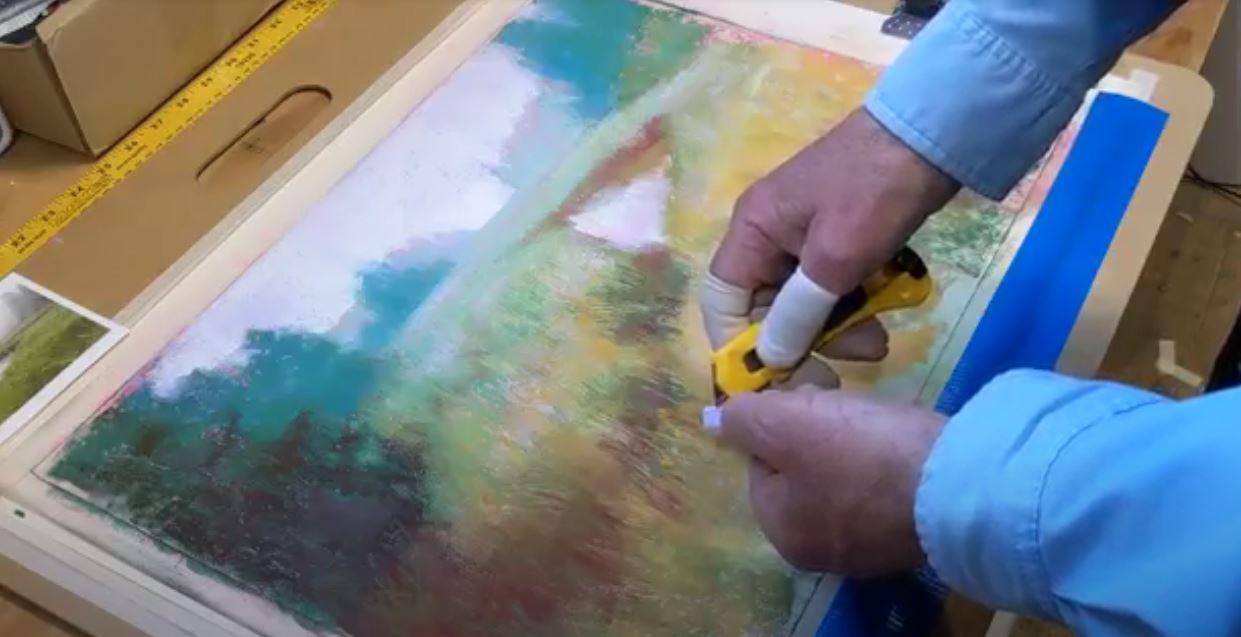
Demonstrating with an autumn scene full of light and color, Tom Christopher led us through a class on basic values, composition, and how to use an underpainting.
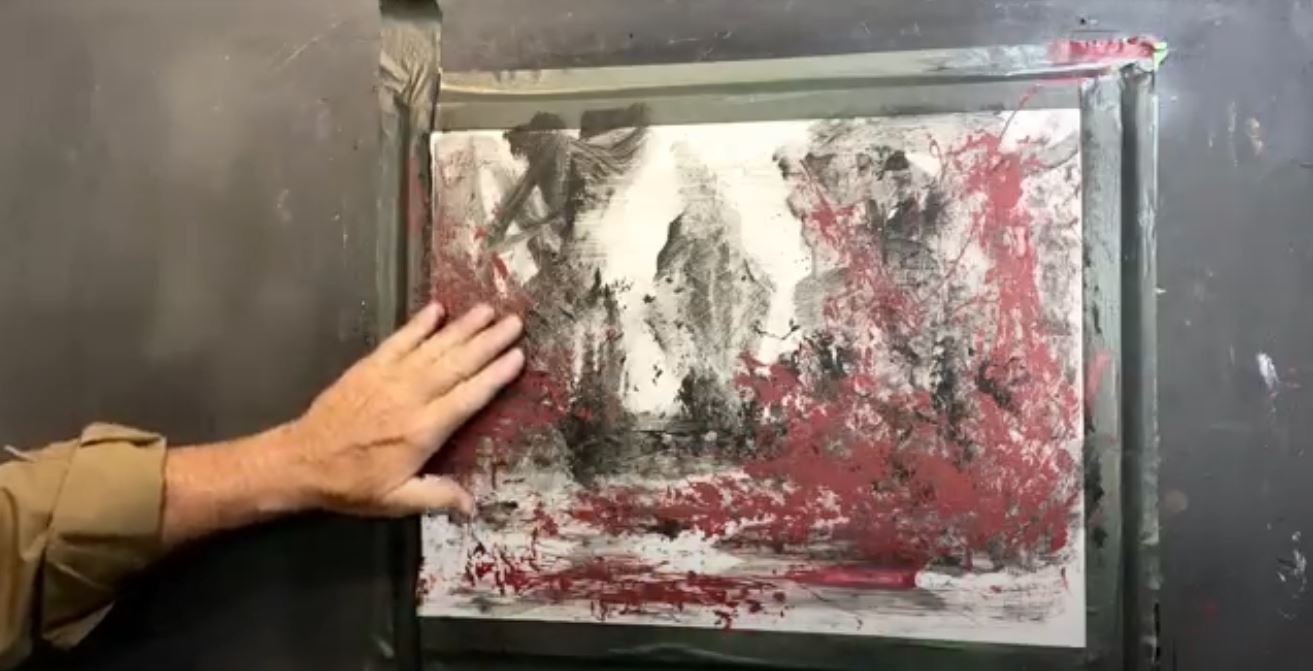
In a lesson on color, Susan Jenkins explained concepts that were great for beginners and those with more experience because, as she put it, color is a daunting topic. In fact, she refers to it not as “color theory,” but as “color illusion.” One thing she likes to tell her students is: “Painting is easy once you learn the rules.”
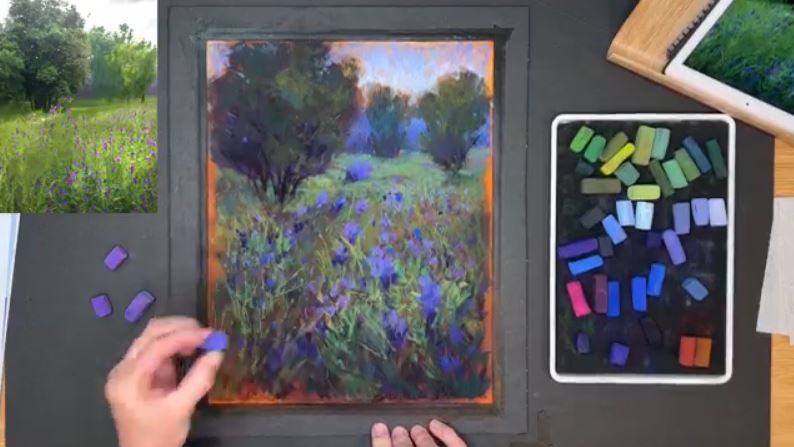
It’s a fact: Having drawing skills can make your pastel process easier. Christine Debrosky explained the relationships between drawing and pastel painting, as well as perspective, and values. She started her demo by sharing a value drawing, which is the plan for the painting, and then began using charcoal before getting into color to paint an inviting summer landscape.
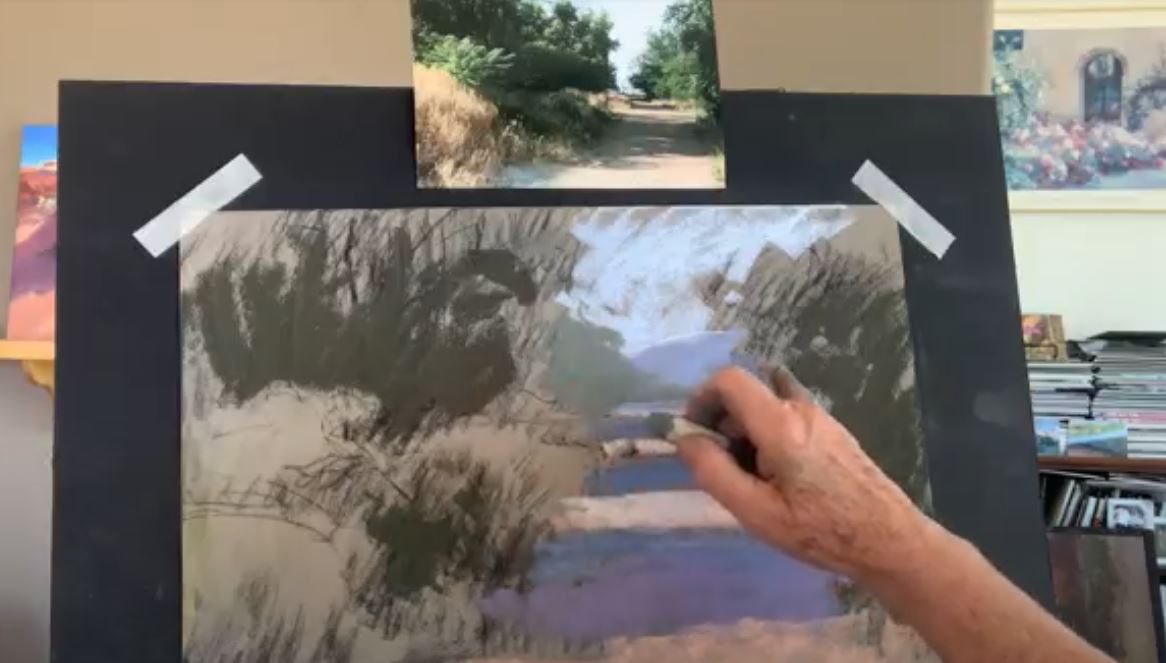
“It’s never too late to start your artistic journey,” said Jane McGraw-Teubner, who began painting with pastels when she was 49. Jane taught us how to creatively use a photo reference so that instead of letting your reference dictate the end result, you can put yourself into the painting.
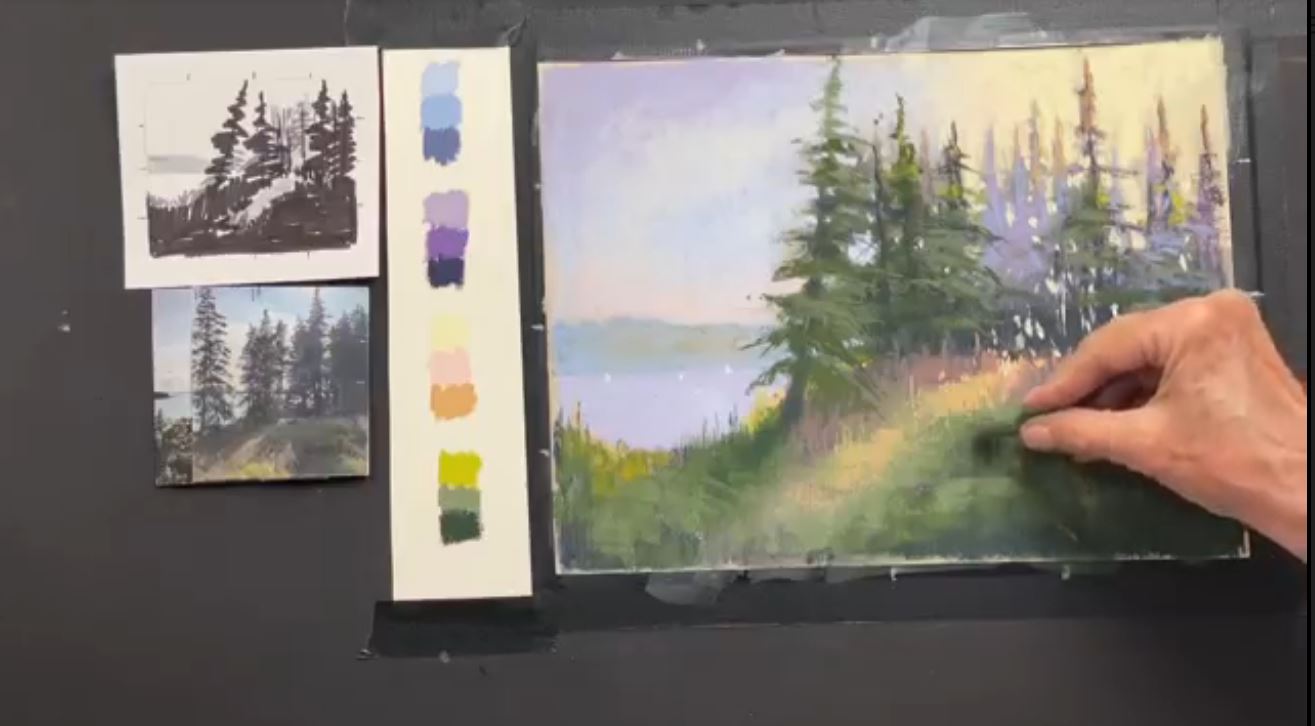
Gail led us through a second demonstration on how to paint a still life, which is “a wonderful opportunity to work from life,” she said. “You could choose any single object … just make sure you choose something that excites you.” She went on to explain that the first thing to consider is your lighting.
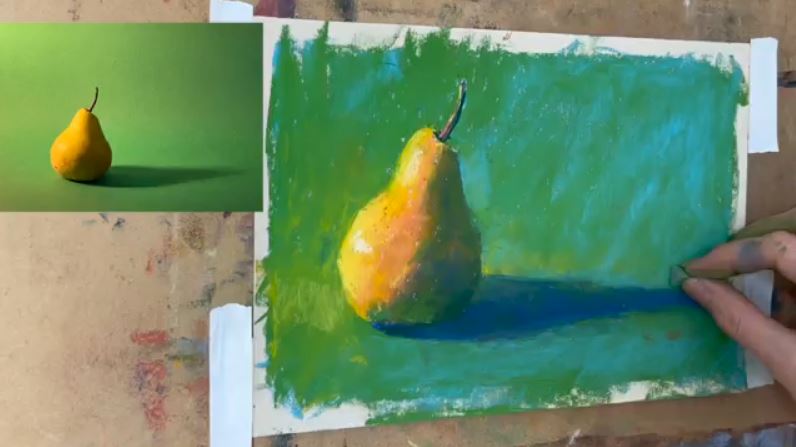
William Schneider, who is known for his expressive portraits and figurative art, led us through one specific way to begin a portrait. When doing so, the first question he always asks himself is, “What is the temperature of the light?” He explained that “it’s so important because cool light generates warm shadows, and warm light generates cool shadows.”
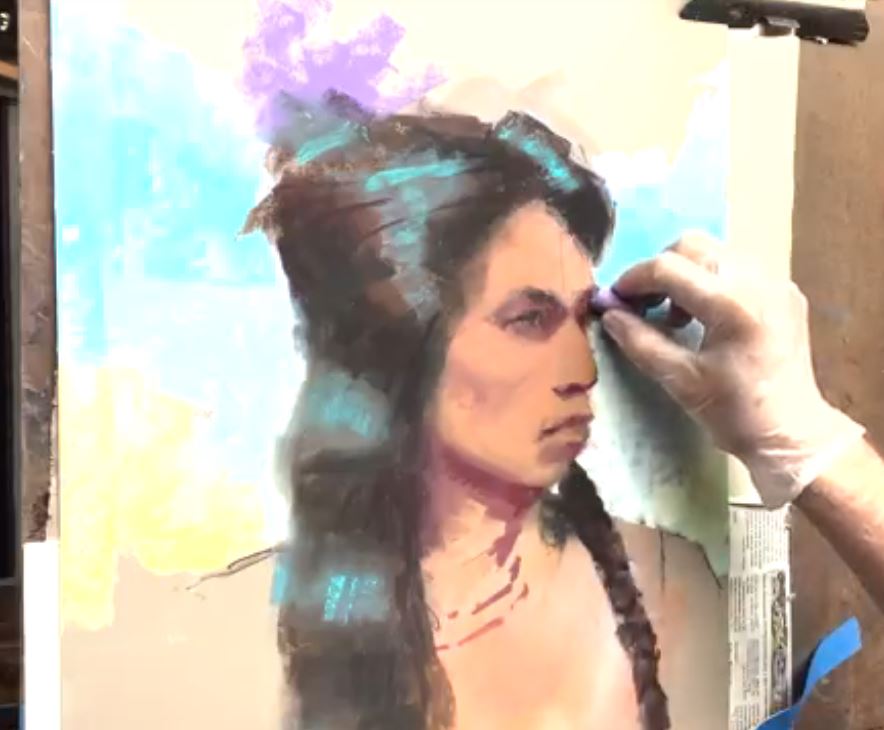
We closed Beginner’s Day with our Cocktail Hour and Paint Along, where we chatted over Zoom while many painted from a still life reference photo. Keep an eye on the hashtag #pastellive to see the results of what everyone painted.
“One thing that’s so much fun…we get to see major artists visiting with each other!” ~Linda, on the faculty artists conversing in the live chat
Join us for the rest of the week – it’s not too late! Simply visit PastelLive.com now and register for several more days of personal instruction and live interactions with artists from all over the world.

